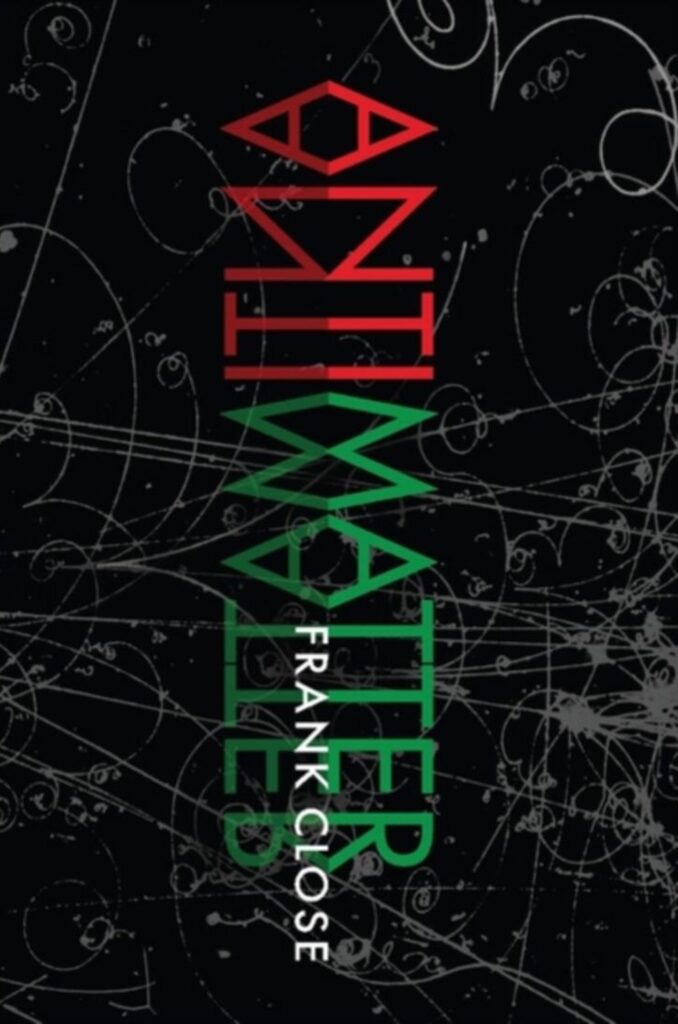Sharing my learnings from the book, Antimatter by Frank Close
Antimatter by Frank Close
Antimatter explores a strange mirror world, where particles have identical yet opposite properties to those that make up the familiar matter we encounter everyday; where left becomes right, positive becomes negative; and where, should matter and antimatter meet, the two annihilate in a blinding flash of energy that makes even thermonuclear explosions look feeble by comparison. It is an idea long beloved of science-fiction stories – but here, renowned science writer Frank Close shows that the reality of antimatter is even more fascinating than the fiction itself.

- antimatter is one of the most mysterious & misunderstood topics in physics
- Tunguska event is a massive, mysterious explosion that released a burst of energy comparable to a nuclear detonation of meteor strike. A possibility is that it’s antimatter. When this elusive substance comes into contact w/ everyday matter, it releases energy on a cosmic scale
- normal matter – made up of tiny particles called atoms. These atoms are made up of even tinier particles called protons, neutrons & electrons
- antimatter – has similar structure as normal matter but inverted. It has a single negatively charged proton (antiproton) at its center and a positively charged electron (positron) orbiting it.
- matter & antimatter need each other to exist
- after Paul Dirac theorized positrons, other scientists actually found them
- The subatomic world is much more diverse than it seems. There are 3 stars of the subatomic stage: proton, neutron & electron
- the universe is made up of 2 categories:
- physical substances (fermions) such as matter (protons & electrons) and antimatter (antiprotons & positrons)
- non-substances (bosons) that are particles without mass. It includes protons which transmit light & gravitons which transmit gravity
- our understanding of antimatter relies on advance technologies
- process of controlling antimatter:
- a particle accelerator causes protons to collide at velocities approaching the speed of light, thus creating antiprotons
- these particles slowed down by passing through a field of super-cold electrons
- they’re deposited in a device called a penning trap
- By monitoring how antimatter behaves, researchers hope to understand a fundamental question about the creation of the universe
- science is still learning why matter is more prevalent than antimatter
- antimatter could only ever become a practical source of energy if we first found large amounts somewhere, analogous to oil deposits on earth.


Leave a Reply